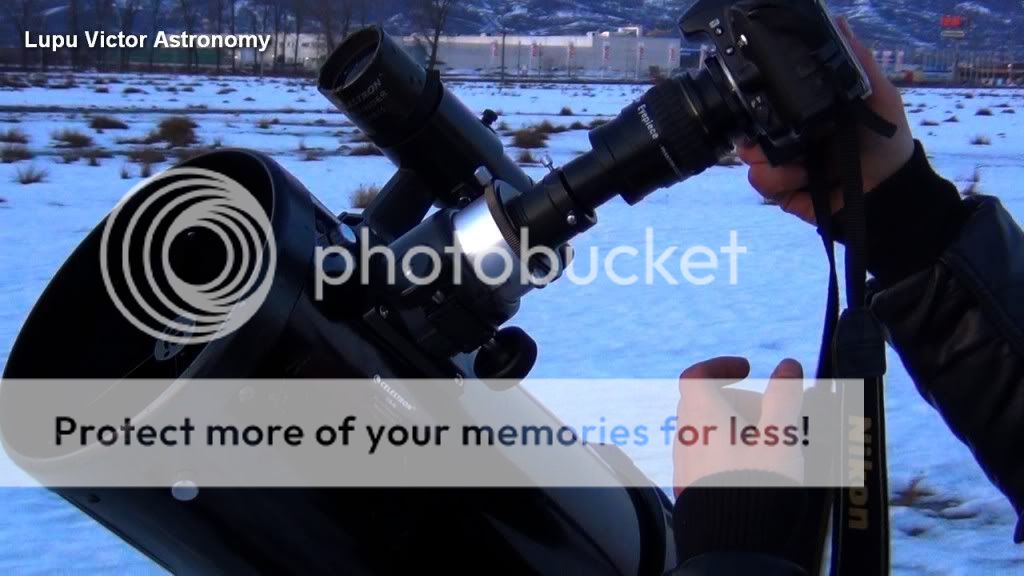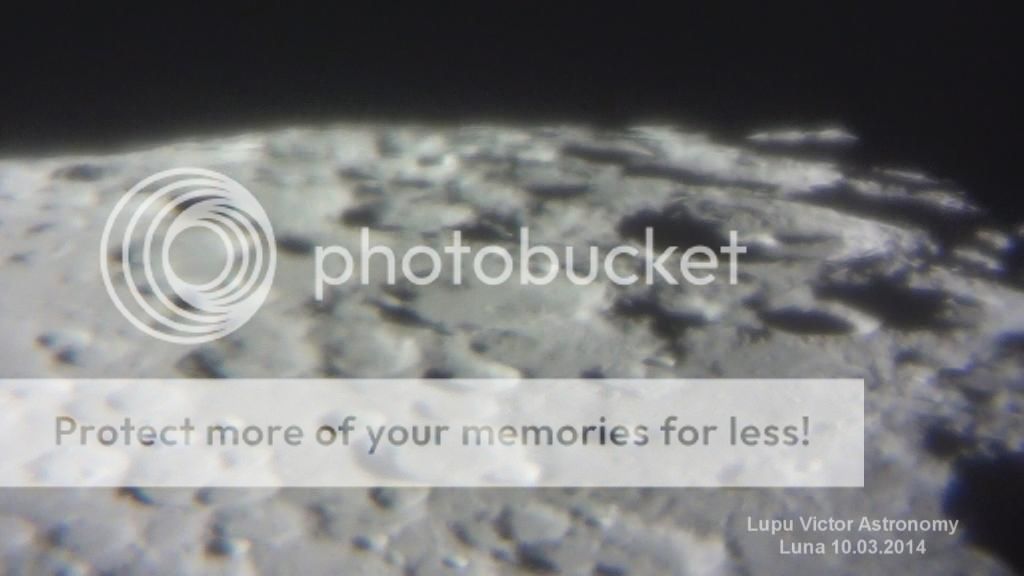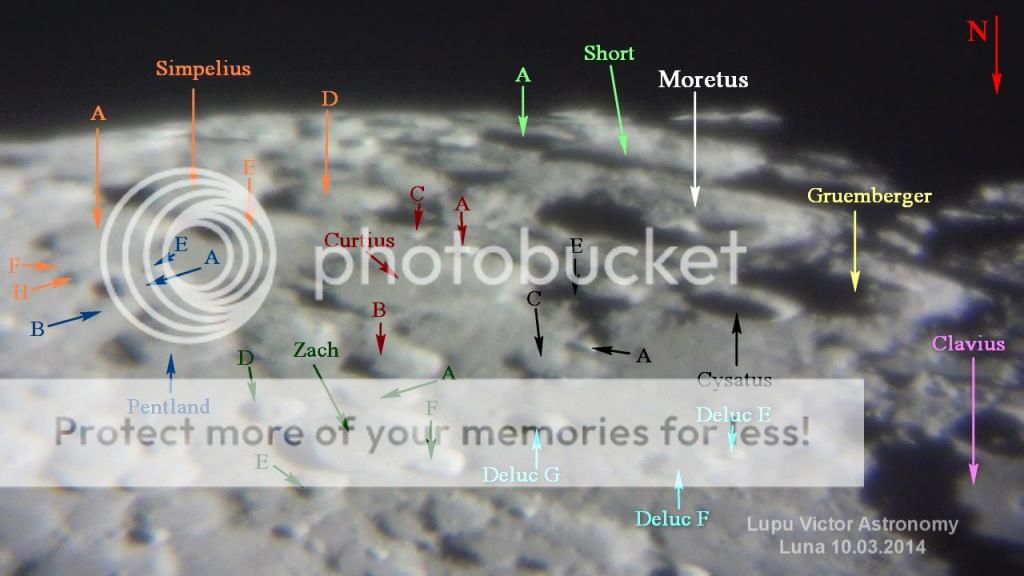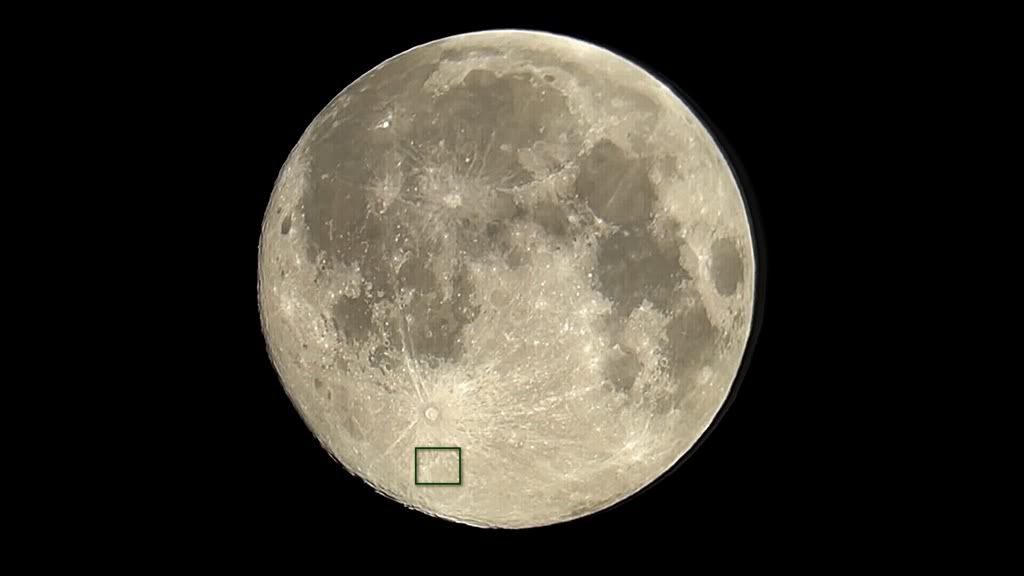Moretus (114 km) is an ordinary crater in size among others from South Moon, but most circular and well defined, with a distinct central peak. I'm sure from this short description you guess where is on pictures below. On Moretus's right (west, because the images are overturned) are two overlapping craters, Klaproth (119 km) and Casatus (111 km).
As an interesting feature are the ridges in the sunlight on the edge of the moon.
Magnitude: -12.11
Phase: 0.96
Distance: 401.329 km
Illuminated: 96.2% (0% = New, 100% = Full)
Astronomical instrument: Celestron C8-Newtonian telescope,
Eyepiece: Plossl 20mm, 2x Barlow
Mount: CG5 (EQ5)
Apparatus: Sony CX130
Filter: no
Date: 08.11.2011
Location: Baia Mare, Romania
Processing: FastStone Image Viewer
In the pictures below are labeled craters and other lunar features in the region. To better understand this photo, you should note that the label with the name or the letter of larger craters could be found at their center, and on the small craters, you should find them around them, usually above.
As an interesting feature are the ridges in the sunlight on the edge of the moon.
Magnitude: -12.11
Phase: 0.96
Distance: 401.329 km
Illuminated: 96.2% (0% = New, 100% = Full)
Astronomical instrument: Celestron C8-Newtonian telescope,
Eyepiece: Plossl 20mm, 2x Barlow
Mount: CG5 (EQ5)
Apparatus: Sony CX130
Filter: no
Date: 08.11.2011
Location: Baia Mare, Romania
Processing: FastStone Image Viewer
In the pictures below are labeled craters and other lunar features in the region. To better understand this photo, you should note that the label with the name or the letter of larger craters could be found at their center, and on the small craters, you should find them around them, usually above.
 |
| Image from 10 March 2014. |










 Wednesday, February 17, 2016
Wednesday, February 17, 2016
 Unknown
Unknown












































